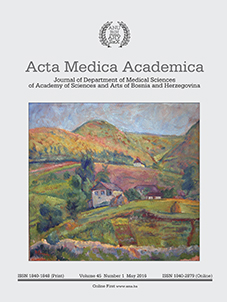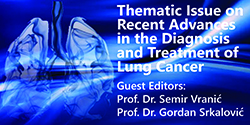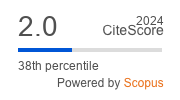The ultrasonographic determination of the position of the mental foramen and its relation to hard tissue landmarks
DOI:
https://doi.org/10.5644/ama2006-124.156Keywords:
Ultrasound, Mental foramen, Mental nerve, Hard tissue landmarksAbstract
Objective. The goal of this ultrasound based cross-sectional study was to make use of ultrasound to determine the position of the mental foramen in relation to hard tissue landmarks. Material and methods. One hundred Black and Caucasian subjects were included. An ultrasound transducer was used to locate the mental foramina. Distances to various landmarks were measured and compared. Results. All mental foramina were visualised ultrasonographically. The mean distances to various landmarks from the mental foramen for the entire group on the right and left sides respectively were as follows: a) 22.8 mm (SD 2.04 mm) and 22.8 mm (SD 2.0 mm) to the cusp of the related tooth, b) 13.2 mm (SD 1.6 mm) and 13.2 mm (SD 1.6 mm) to the inferior border of the mandible. The mean position of the mental foramen was found to be 63.4% (SD 1.8%) of the distance from the cusp of the related tooth to the inferior border of the mandible on the right and 63.3% (SD 1.7%) on the left. There were statistically significant differences between race groups and genders, but not between age groups. Conclusion. These results suggest that ultrasound is a sensitive modality to locate the mental foramen. There are minor, statistically significant (but clinically insignificant) differences in the position of the mental foramen with regard to various hard tissue landmarks.






